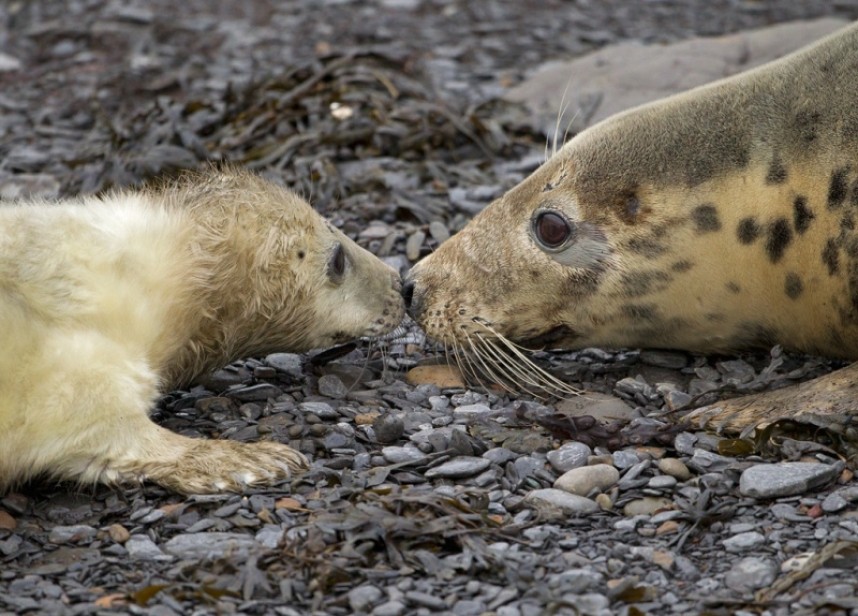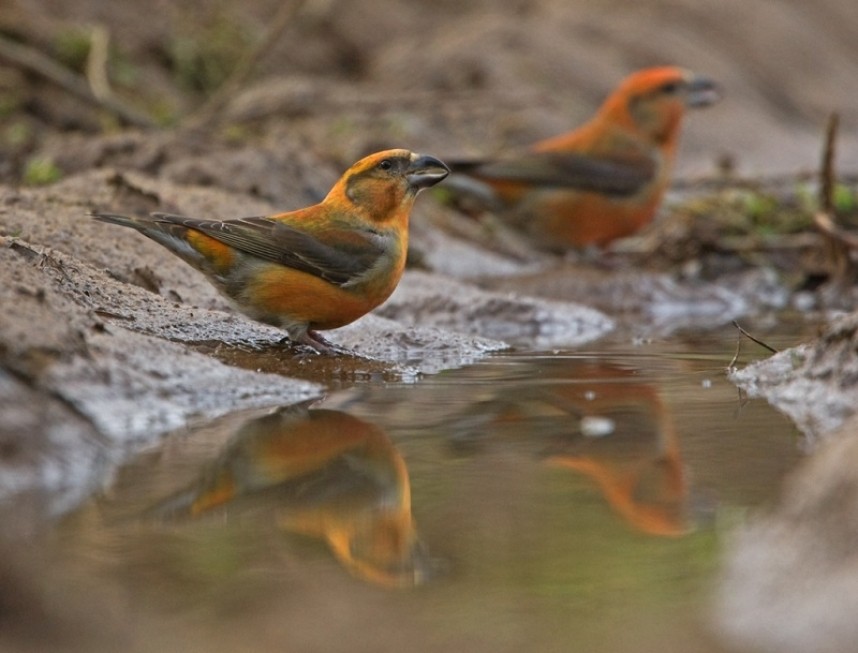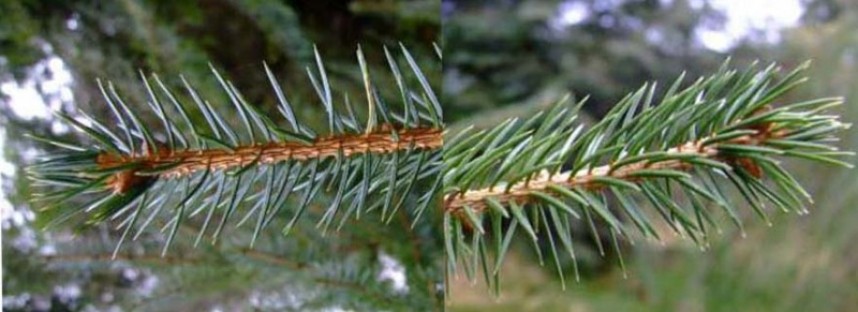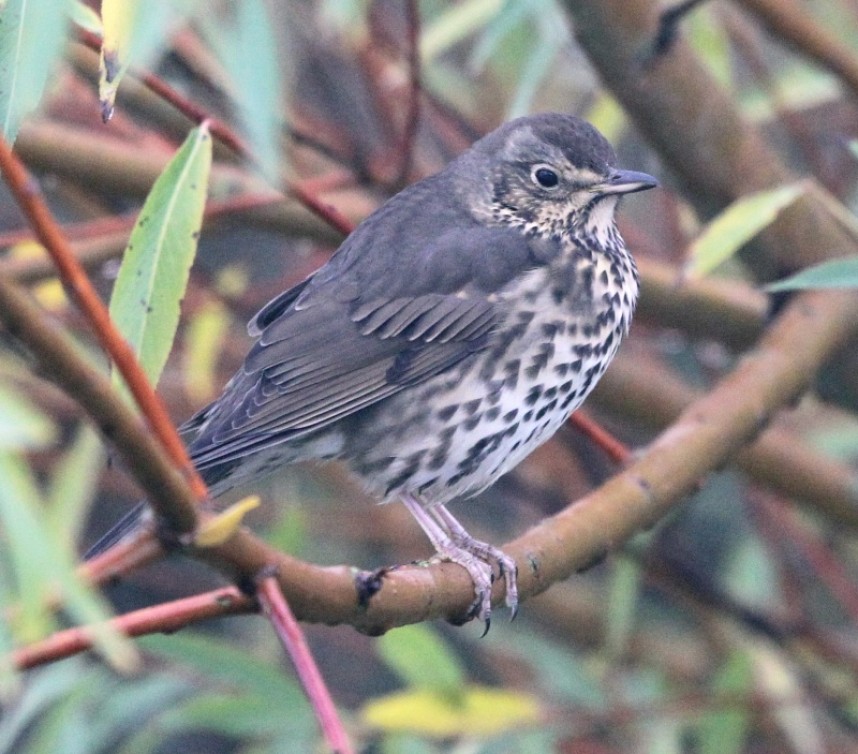What To Look Out For - December 2016
Winter sun is a precious commodity as daylight becomes shorter towards the solstice on the 21st December. For the majority of wildlife, shorter days and colder temperatures mean less food so definitely not the month to be giving birth. One exception is the Atlantic Grey Seal which is the most regularly seen species of Seal on the Yorkshire coast. Grey Seals give birth in the UK between autumn and mid-winter. The timing gets later the further north you go with Grey Seals in Scotland giving birth later in December. The first to be born in the UK are in the south-west of the country in autumn. Pups venture into the sea after suckling on dry land for several weeks. They need to put on a lot of fat to withstand the ravages of the North Sea. Soon after weaning the pup, the females become fertile again and can mate, starting their long 11 month pregnancy again. A seal colony is collectively known as a rookery and the best rookery in Yorkshire is at Ravenscar in the North York Moors National Park where several hundred Seals can be seen below the cliffs. If you intend to visit Ravenscar be aware of the following advice relating to the Seals:
- Please do not get too close to the seals
- Never feed or pet the seals
- Do not take dogs near the Seals
- Too much disturbance can lead to increased pup mortality

Grey Seal and Pup Ravenscar © Steve Race
Another animal which starts its breeding cycle in the winter is the Common Crossbill. These fabulous birds use their scissor like bill to split a conifer cone and access the seed inside. Crossbills have the ability to vary their breeding season depending on the time of ripening of the cone crop. Ripe Scots Pine seed is produced annually from as early as February so when the young crossbills fledge very early in the spring, the seed is ready.

Common Crossbill (males) © Steve Race
In contrast to Scots Pine, both species of Spruce, the European native Norway Spruce and the American Sitka Spruce have one good coning year (abundant seed production) approximately every 4 years whereas the British native Scots Pine sets its seed on an annual basis. Scots Pine and Norway Spruce seed are also more nutritious than the smaller Sitka Spruce seed. So when looking for Crossbills in Yorkshire you may want to concentrate on watching Scots Pine trees but in a bumper Spruce coning year you’re in for a Crossbill treat!
Telling trees apart is an important skill to learn when wildlife watching. Sitka Spruce has short needles with a blue-silver cast of colour especially on the underside of the needle. In contrast the Norway Spruce has a brighter green needle with no obvious colour difference on the needle. Scots pine have larger bunches of needles hanging down from the tree, a very different structure compared to the Spruce. The best way to tell a Scots Pine tree is to look for the orange colour-brown on the bark which is especially evident in older trees.

Sitka Spruce (left) Norway Spruce (right)
Feeding birds in our gardens is especially important in winter and over many years we have become better at judging wish is the best food and which types of food are unsuitable. The worst food is bread, any cooked junk food such as potato chips. Cake and raw meat is also bad and so is honey. The best foods are seeds such as sunflower hearts and easily digestible suet or lard mixed with seeds. If you get it right you may even attract one of our favourite garden birds the Song Thrush. Song Thrushes eat a wide variety of food from fruit to snails. Bird tables can be good for thrushes as can old apples on the lawn which may have both the fruit and insects within the flesh, a superb Christmas lunch!

Song Thrush © Richard Baines
Richard Baines YCN



 Back to Blog
Back to Blog
